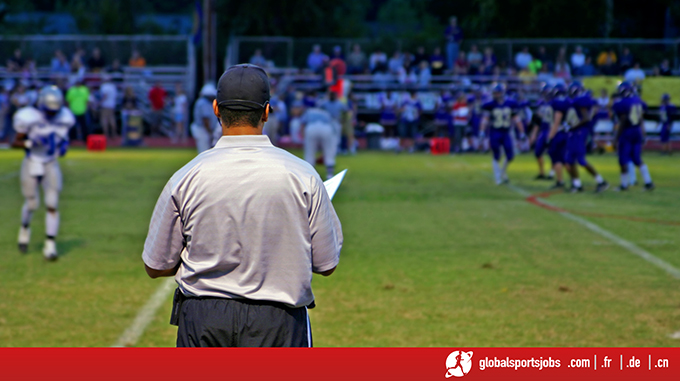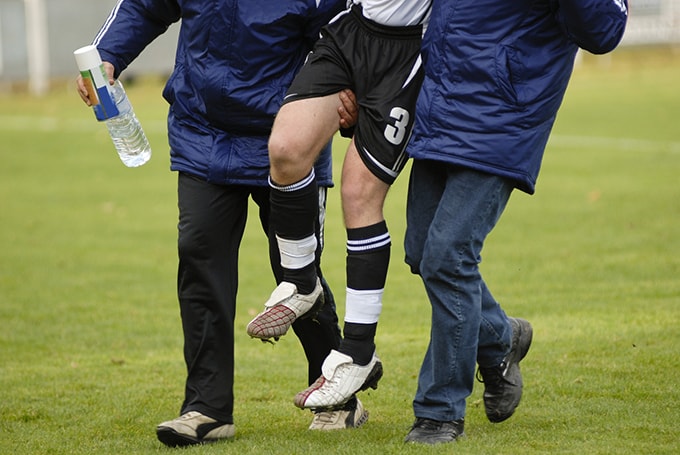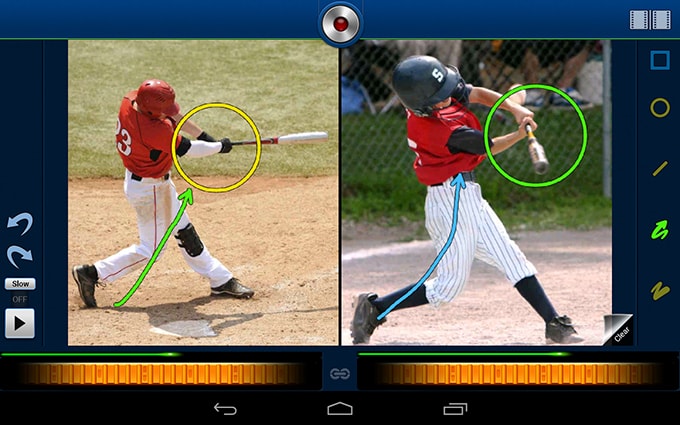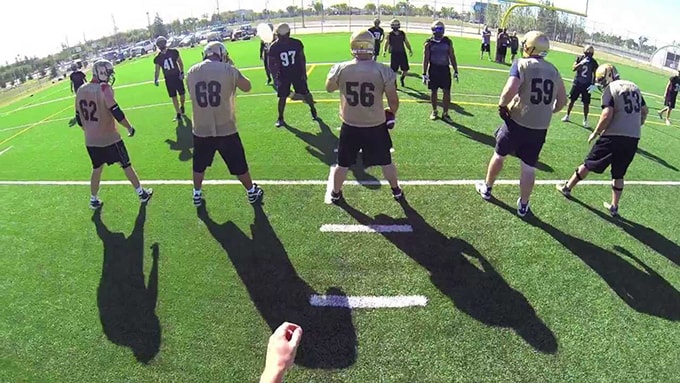Search the latest and greatest job opportunities in sport

It’s a long time since sports coaches required only a tracksuit and a stopwatch. Rapid advances in performance-enhancing technology have revolutionised the industry, and early adopters can secure a vital competitive edge. Here, in our continuing trends series, we examine the innovations and changes that are likely to influence elite performance and coaching in 2017.

1. The next stage for data in sport
Up until now performance analysts have been key links in the chain at professional sports clubs and federations, collecting the ‘big data’ produced by GPS trackers, cameras, heart-rate monitors and the like, and turning it into relevant, digestible and applicable information for coaches to act upon.
Tech behemoth Microsoft is encroaching into this territory by pioneering software that it claims can perform this ‘data contextualising’ role by itself.
The system, powered by Microsoft’s Cloud and Cortana Analytics Suite, packages up vast amounts of very detailed information on athletes’ physical wellbeing, wellness, match data and historical performance trends, and displays it on an easy-to-use dashboard.
Its predictive analytics might reveal, for example, that a player is physically underprepared or doesn’t perform well under certain conditions, thus providing a sound, statistically-proven basis for team selection.
Microsoft have already sold the idea to the Australian cricket team who are trialling it in Tests and domestic matches. Should these trials prove successful, the spread of so-called ‘machine learning’ into other territories and sports in 2017 seems inevitable.

2. Technology to play growing role in injury prevention
For several years now, close monitoring of players’ workloads in training and competition has been able to offer accurate forecasts about their likelihood of imminent injury and optimise athletic performance.
Kitman Labs are among the market leaders, assessing athletes’ key biomechanical information and susceptibility to injury via depth-sensor cameras (they monitored five clients in professional team sports and claim that days lost to injury were reduced by 41%).
Catapult Sports use wearable GPS technology for similar purposes, turning data on player load, positioning, speed, acceleration and impact into real-time actionable insights to modify training and reduce imminent injury.
In 2017 we’ll see the growing use of technology to discover why these injury risks have arisen. TuringSense’s PIVOT and motusPRO are two sensor-based systems that can analyse and produce sets of measurements on specific body movements.
From this, minor kinks in technique can be detected that could lead to injuries downstream. Motus Global have tested their MotusPro system with baseball pitchers, micro-analysing their throwing actions to try to mitigate torn ulnar collateral ligament damage in elbows – a classic pitcher’s injury.
The slo-mo analysis of technique using sensors is not new, but software that can identify the biomechanical root cause of a current or potential injury is where the science of injury prevention is heading in 2017 and beyond.

3. Coaching collaboration is the future
The traditional, prescriptive style of coaching, where feedback is given by the coach and passively accepted by the athlete, is now recognised by many as incompatible with current ways of learning.
The role of a modern-day coach is to empower his or her athlete to discover solutions themselves. In 2017 the use of technology in this process will be increasingly influential.
Instead of a match analyst or coach studying match video footage by themselves and presenting their findings in team meetings, new apps such as Coach’s Eye and Coach Logic enable players to view and clip it themselves, reflect on performance individually and collaboratively, and strategise together as a team – all on a digital platform in their own time.
This aids communication between team members and with the coach, whose role is to guide their learning in the right direction and oversee the conversations taking place. Apps such as these can be priceless for busy coaches, performing tasks that previously ate up precious training-ground time.

4. Virtual reality will be embraced
Virtual reality offers its users an immersive, 360-degree environment that can precisely mimic real-life scenarios. With the price of headsets and software coming down, its potential as a learning tool is being embraced by many industries. Its adoption in sport has been gradual, but that’s set to change in 2017.
VR is the ultimate cognitive-training tool and can make a huge difference in improving athletes’ decision-making. VR can place professional players in specific in-match situations in a way that the traditional tactics whiteboard or training-ground routines cannot. There, with all the sounds and intensity of a match-day experience digitally recreated, they can work through different plays and experiment to find out which tactics and strategies do and don’t work.
American football, with its myriad of complex set-piece tactics, is an ideal testing ground for this nascent technology and California-based firm STRIVR have already gained a foothold in the sport. “It’s literally blown me away,” said Arizona Cardinals quarterback Carson Palmer. “I use it six days a week. It’s now a big part of my [game] prep every week.”
His Cardinals team-mate, Drew Stanton, added: “It’s easy to sit there and watch films, like we all have in the past, and say ‘OK, this is what I would’ve done.’ But when you’re actually at eye level and seeing everything else around you, it’s such an impressive tool.”

5. Cross-sport pollination on the increase
Gone are the days when coaches and athletes from different sports only crossed paths at the Olympics and the occasional award ceremony. The cross-fertilisation of ideas and expertise across sports is now common in both formal and informal settings.
Wrestling coaches working with rugby players to improve technique in contact areas, rowers training with cyclists to increase leg strength, fencers taking boxing training to hone footwork, gymnasts playing water polo to improve core strength; the benefits of cross-sport collaboration are endless.
A relatively recent trend, which takes this crossover of expertise to a new level, is for key personnel from one sport to take permanent positions in another. Pat Howard (rugby union to general manager of the Australian cricket team), Scott Gardner (British Cycling to GB Canoe Sprint head coach) and Rob Andrew (RFU director of professional rugby to Sussex Cricket chief executive) are only a few examples.
It's clear that professional clubs and governing bodies are recognising the value that a different perspective can bring, challenging the status quo, introducing new philosophies and providing the 'helicopter view' that those entrenched in one sport or organisation cannot offer.
Howard, for example, introduced several innovative changes to Australian state cricket. The points system was altered to encourage more attacking cricket and groundsmen were ordered to prepare drier, flatter pitches more akin to typical Test conditions.
Previously, the arrival of an 'outsider' in a top position would provoke scepticism and suspicion, but in 2017 those attitudes will fade further as professional sport becomes ever more progressive and open-minded in the quest to stay ahead of the game.
This article was written by the GlobalSportsJobs insight team.
Give your career in sport a boost with the latest live vacancies in Elite Performance & Coaching , or create an account today and stay up to date with all the latest industry knowledge, events and jobs in sport.
Search the latest and greatest job opportunities in sport